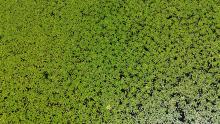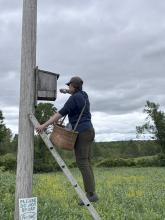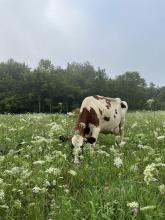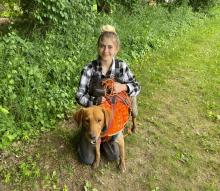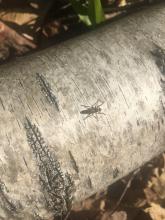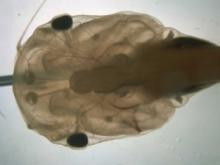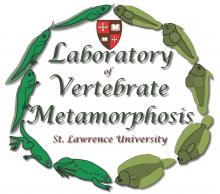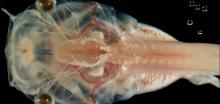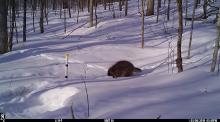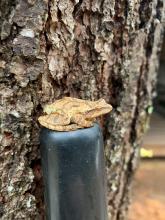Invasive Water Chestnut Crowds Out St. Lawrence County Waterways
Water chestnut (Trapa natans) is an invasive aquatic plant that is a prevalent issue in certain St. Lawrence County waterways. The floating rosette of the plants grow huge and make it impossible for recreational fishing and boating to occur. Since these plants are so efficent at growing, they crowd out other submerged aquatic vegetation (SAV's), competing for light and space with natives. After being pulled or cut as a conservation effort, water chestnut grows back rapidly within a week, especially in shallow, eutrophic areas.
